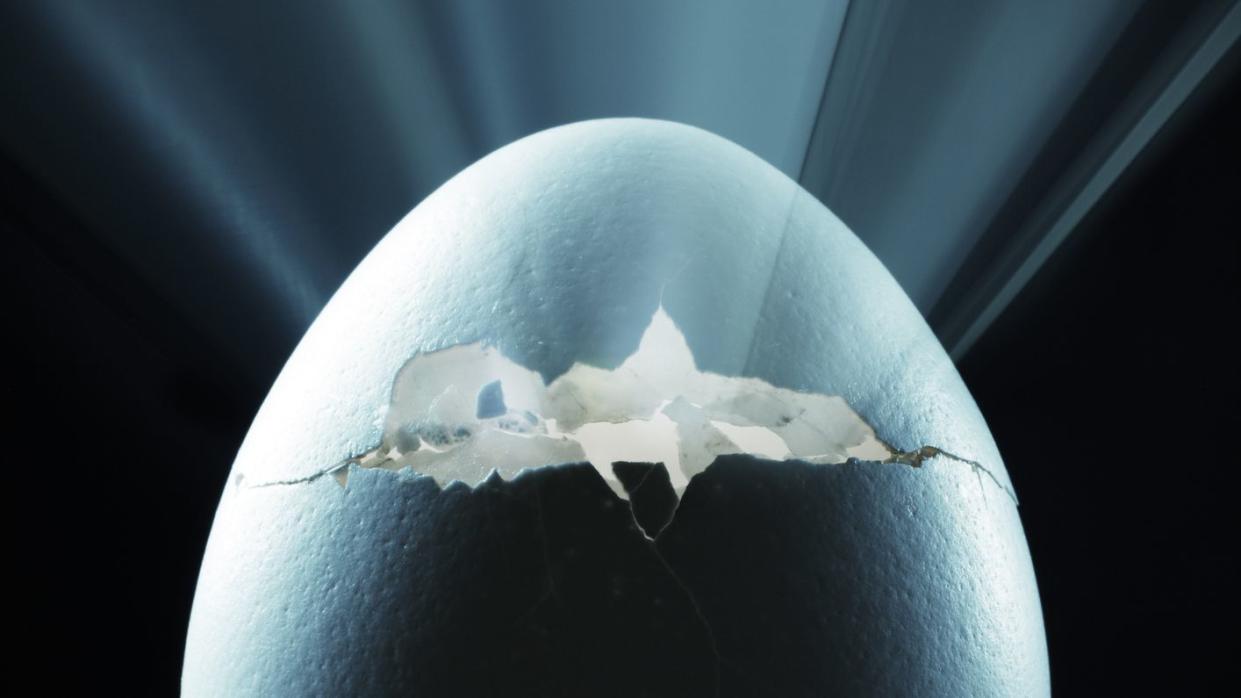All Life on Earth Comes From One Single Ancestor. And It's So Much Older Than We Thought.

"Hearst Magazines and Yahoo may earn commission or revenue on some items through these links."
All life on Earth can be traced back to a Last Universal Common Ancestor, or LUCA.
A new study suggests that this organism likely lived on Earth only 400 million years after its formation.
Further analysis also shows that this life form likely sported an early immune system, which means it was probably fighting off viruses.
Life on Earth had to begin somewhere, and scientists think that “somewhere” is LUCA—or the Last Universal Common Ancestor. True to its name, this prokaryote-like organism represents the ancestor of every living thing, from the tiniest of bacteria to the grandest of blue whales.
While the Cambrian Explosion kickstarted complex life in a major way some 530 million years, the true timeline of life on Earth is much longer. For years, scientists have estimated that LUCA likely arrived on the scene some 4 billion years, which is only 600 million years after the planet’s formation. But a new study from an international team of scientists pushes that timeline back even further to some 4.2 billion years ago, while also discovering some fascinating details about what life for LUCA might’ve been like. The results of the study were published in the journal Nature Ecology & Evolution.
The paper reads:
“The common ancestry of all extant cellular life is evidenced by the universal genetic code, machinery for protein synthesis, shared chirality of the almost-universal set of 20 amino acids and use of ATP as a common energy currency. As such, our understanding of LUCA impacts our understanding of the early evolution of life on Earth. Was LUCA a simple or complex organism? What kind of environment did it inhabit and when?”
To zero in on exactly when LUCA appeared on Earth, scientists had to work backward. First, the team compared genes in living species and counted the mutations that have occurred since sharing a common ancestor with LUCA. Using a genetic equation based on the time of separation between species, the team worked out that LUCA must’ve been mucking around on Earth as early as 400 million years after its creation, which puts this organism smack in the middle of the hellish geologic nightmare known as the Hadean Eon.
“The evolutionary history of genes is complicated by their exchange between lineages,” University of Bristol’s Edmund Moody, the lead author of the study, said in a press statement. “We have to use complex evolutionary models to reconcile the evolutionary history of genes with the genealogy of species.”
Not satisfied with just learning its age, the team took things a step further and retraced the physiological characteristics of living species to understand what LUCA must’ve been like 4.2 billion years ago—and the results gave some surprising answers. The scientists estimate that while LUCA was a simple prokaryote, it likely had an immune system, meaning it was already fighting off primordial viruses.
“It’s clear that LUCA was exploiting and changing its environment, but it is unlikely to have lived alone,” University of Exeter’s Tim Lenton, a co-author of the study, said in a press statement. “Its waste would have been food for other microbes, like methanogens, that would have helped to create a recycling ecosystem.”
While LUCA is the oldest common ancestor we know of, scientists still don’t understand how life evolved from its very origins to the early communities of which LUCA is a part. Further studies will need to dive deeper into this primordial history and uncover exactly how you, me, and every other living thing, came to be.
You Might Also Like

